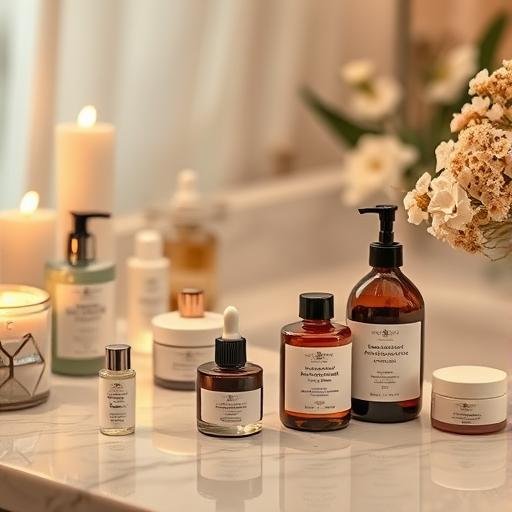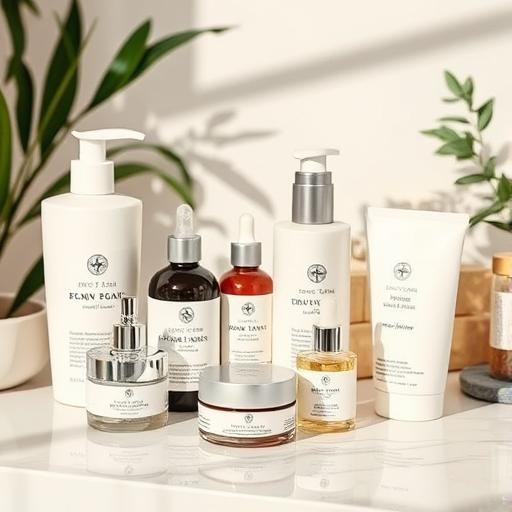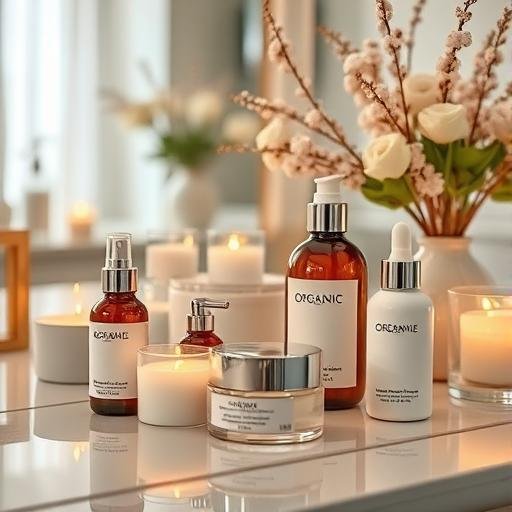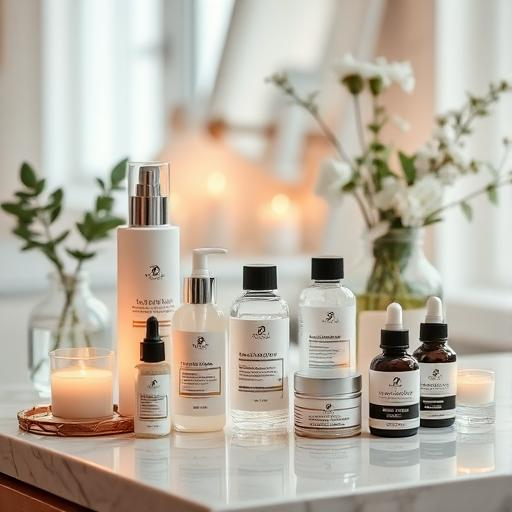
The pH Secret: How Your Cleanser Could Be Ruining Your Skin’s Radiance
Ever washed your face only to feel tight, dry, or even greasier afterward? The culprit might not be your skin—it could be your cleanser’s pH level. Skin pH isn’t just a buzzword; it’s a crucial factor in maintaining a healthy, glowing complexion. Let’s dive into the science behind it and how to make smarter choices for your skincare routine.
What Is Skin pH, and Why Does It Matter?
Your skin’s pH is a measure of how acidic or alkaline it is, on a scale from 0 (highly acidic) to 14 (highly alkaline). Healthy skin typically sits at a slightly acidic pH of 4.5–5.5, which helps maintain its protective barrier (the acid mantle). This barrier keeps moisture in, irritants out, and supports good bacteria while fending off harmful microbes.
When your cleanser’s pH is too high (alkaline), it disrupts this delicate balance, leading to dryness, irritation, or even breakouts as your skin overcompensates with oil.
The Cleanser Conundrum: Why Most Soaps Get It Wrong
Traditional bar soaps often have a pH of 9–10, far more alkaline than your skin’s natural level. While they may leave you feeling “squeaky clean,” they actually strip away protective oils and weaken your skin barrier. Over time, this can cause:
- Dryness & Sensitivity: A compromised barrier loses moisture faster.
- Breakouts: Disrupted pH can trigger excess oil production.
- Bacterial Imbalance: Harmful bacteria thrive in alkaline environments.
How to Choose a pH-Balanced Cleanser
Not all cleansers are created equal! Here’s what to look for:
- pH of 4.5–5.5: Ideal for maintaining your acid mantle.
- Gentle Surfactants: Opt for sulfate-free formulas with coco-glucoside or decyl glucoside.
- Avoid “Squeaky Clean” Feel: A slight residue is normal—it means your barrier isn’t stripped.
Pro Tip: Some brands list pH on packaging, but if not, search for reviews or email the company. Gel and cream cleansers tend to be more pH-friendly than foaming ones.
Myth Busting: pH Edition
Myth: “Acidic products are always better.”
Truth: While slightly acidic products support skin health, extreme low-pH cleansers (like some exfoliating acids) can irritate if overused.
Myth: “pH-balanced means it’s gentle.”
Truth: pH is just one factor. Fragrance, alcohol, and harsh actives can still cause issues.
Quick Fixes for pH-Imbalanced Skin
If your skin feels off, try these steps:
- Switch Cleansers: Try a low-pH option for a few weeks.
- Hydrate: Use a ceramide-rich moisturizer to repair the barrier.
- Skip Toners (Sometimes): Many alcohol-based toners disrupt pH—opt for hydrating mists instead.
Final Thoughts: Balance = Glow
Your skin’s pH is a silent hero in your skincare journey. By choosing a cleanser that respects its natural acidity, you’ll strengthen your barrier, reduce irritation, and unlock a healthier glow. Next time you shop, think beyond “clean” and ask: Is this pH-happy?
Got a favorite pH-balanced cleanser? Share it in the comments!
“`
RELATED POSTS
View all


